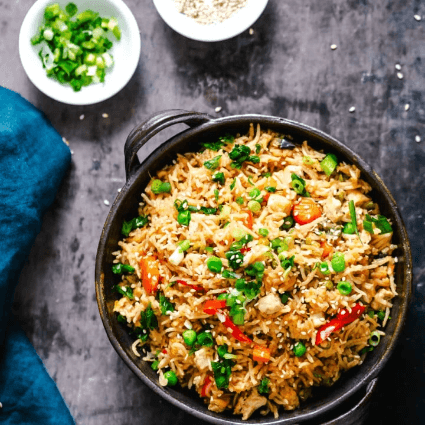One of the common reasons people reach for food when they aren't hungry is to change how they're feeling. They're looking for a little comfort. That's probably why they call the food we reach for comfort food. And, while it can be quite a challenge to not go for the comfort food when the urge is strong, what if there was a way to find more comfort in our lives so we weren't looking to change how we feel?
Join us to hear more.
One of the main sources of conflict and upset in life is when someone wants something different than we do. We can talk (and argue) about it for hours at times without seeming to get far, all the while the frustration is growing. This was not uncommon for us until we came across this understanding eight years ago.
What really shifted for us was understanding separate realities. What we began to see was that when something happened that we needed to deal with, we both saw the same thing, but we viewed it differently. Does that makes sense?
In other words, we both saw the same thing happen or agreed on what the issue was, but on the inside, how we viewed it was quite different. What happens on the outside is like a fact we agree on. But what happens on the inside is the result of how we view it, or think about it, which leads to our different points of view. When we argued, we weren't arguing about what happened, but how to deal with it from our different point of view, our separate reality.
This is another way of seeing what we've talked about before, that our experience is inside-out, not outside in. What happens on the outside, the circumstance or issue we're involved in, isn't what creates our experience. If it were, we'd all have the same experience. What creates our experience is how we think about the circumstance or issue. And that is different for each one of us.
Given that we all have different backgrounds, experiences and personalities that shape how we see things, it's inevitable that we'll all have separate realities with most everything to some degree.
But having separate realities isn't the problem. They're a fact of being human. Where it becomes a problem is when we believe our reality is "The Reality"... leading to "why can't the other person see the obvious truth here (i.e., the way I see it)? Hence, the arguing and convincing starts.
So, the value of understanding that we all have separate realities is that we become more aware that our point of view is not the Absolute Reality. It's our real experience, but not The Reality.
Since discovering this, when we begin to feel tension coming up in a situation now, we simply step back and let our minds settle down. With that, we almost always remember that what's going on is that we're being tempted to take our separate reality as the Absolute with the solution (in our mind) lying in the other person seeing that.
Stepping back and realizing we're both seeing the situation through our separate realities, we then get curious about how the other sees it. This opens up a conversation about it that isn't argumentative, but inquiring. And by deeply listening to the other, we almost always find a creative solution that works for both of us. Not as a compromise, but as a real solution us both.
A wonderful side benefit of this approach is that we end up understanding each other better and feeling closer. Which is another example of what we've talked about before, that our difficulties can be doorways to growth and expansion.
Can you see the benefit of understanding how our separate realities can create the differences that come up between us? And that when we realize that our point of view isn't the Absolute Reality, we can open up and understand more about it from the other person's point of view. From there we almost always find creative solutions that deepen the peace, harmony and closeness between us.
It's a real win-win situation. By understanding separate realities, we have less stress in our lives, and with less stress, we aren't reaching for food to find comfort and relief. Give it a try and let us know what you find.
The recipe this week is a Teriyaki Fried Rice. It's a fabulous mix of flavors and textures you're sure to like. We loved it.
To your Amazing Health,
Connie and Bill

Teriyaki Fried Rice (Serves 2 – 3) *Adapted from Forks Over Knives
Teriyaki Sauce
- 1 small garlic clove, crushed
- 2-inch piece of ginger, finely grated
- 1 tablespoon miso or 1 tablespoon Balsamic vinegar
- 1 tablespoon no salt seasoning (optional)
- 2 tablespoons date paste
- ½ cup filtered water
- 1 tablespoon cornstarch
Add all ingredients to a bowl and mix well. Set aside.
Fried Rice Ingredients
- 2 carrots, diced
- 1 bunch green onions, cut in diagonal slices
- 4 mushrooms, sliced
- 1 red pepper, cut in thin slices
- 1 cup sugar snap peas, cut in half or diagonal
- 1 small head broccoli or 1 cup frozen broccoli, cut in pieces
- 2 cups cooked rice
- 1 cup frozen corn
- ½ cup chopped cilantro
- 4 cups baby spinach
- 1 cup pineapple, fresh or frozen, cut in pieces
- Handful of almonds
In a large pan add 2 tablespoons filtered water, carrots, mushrooms and red pepper. Cook until beginning to soften.
Add green onions, broccoli, sugar snap peas, corn, and almonds. Stir well and cook another 5 to 7 minutes.
Add spinach, pineapple, cilantro, rice and sauce. Stir until well combined and spinach is wilted.
Serve and enjoy.

